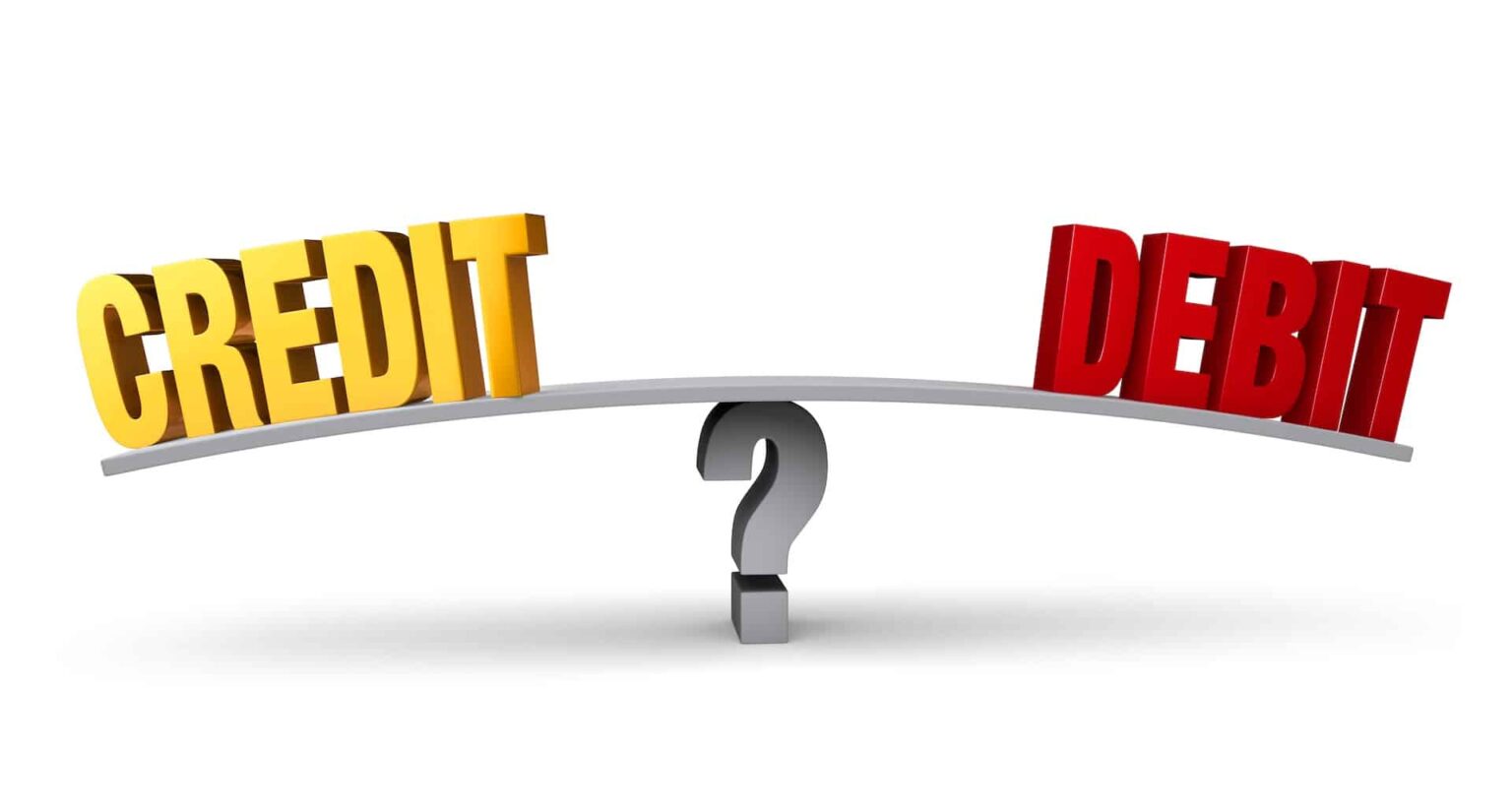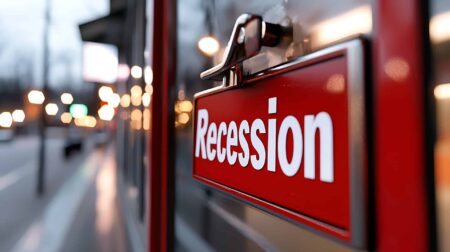Credit Sesame breaks down consumer payment trends using 2024 data and explains the pros and cons of today’s most common payment methods so you can make more informed spending choices.
Technology and financial innovation are changing the way Americans handle money. Some of these changes provide consumers with more choices and better efficiency. However, some carry risks and additional costs.
The Federal Reserve Bank of Atlanta recently updated its annual Survey and Diary of Consumer Payment Choice. It tracks how Americans pay for goods and services, whether with cash, checks, credit cards or other methods. Looking at how these results have changed over time offers a clear view into the shifting landscape of consumer payments.
As new payment tools become more common, it is helpful to understand where they differ. Some come with added fees, slower processing or increased fraud risk, while others may offer speed or convenience.
How cash, debit, and credit card use have changed osince 2015
| Payments method | 2015 | 2024 |
| Debit card | 29.5% | 29.6% |
| Credit card | 18.3% | 34.5% |
| Cash | 33.0% | 14.0% |
Cash is in decline, but far from dead
It’s probably no big surprise that cash is declining as a payment method. The surprising part may be that the vast majority of Americans still use it on some occasions. Cash was used for 14% of consumer financial transactions in 2024, down from 33% in 2015.
However, it’s not as if Americans have abandoned it altogether. The survey found that 83% of Americans had used cash within the past 30 days. That’s down from 87% a year earlier, but still represents over four out of five consumers.
Part of the decline in cash has been driven by the rise of online shopping and the growing prevalence of cashless venues for events like concerts and sporting events. In those cases, consumers don’t have the option of using cash. However, there are also positive reasons for moving away from cash, such as greater security, convenience and faster transactions.
Most people still find occasions to cash. Some of this may be prompted by the recent rise in surcharges on credit and debit card transactions. It pays to keep your options open.
Paper checks are fading fast
Americans have moved more decisively away from using paper checks. They represented just 2.5% of consumer payments last year, down from 6.5% in 2020.
But paper checks are not dead yet. They have a niche as a payment for large transactions. The average payment by paper check was $633 in 2024. The averages for cash, credit cards and debit cards were all under $100.
One thing that may discourage consumers from using checks is their vulnerability to fraud. Thieves often intercept checks in the mail, either when banks send checkbooks to customers or when people mail out payments themselves. “Check washing,” a process by which criminals change the information written on checks, has become a frequent problem. Also, modern photo editing software has made creating phony blank checks relatively easy.
If you still use checks, take steps to protect them. Avoid leaving outgoing checks in your mailbox for pickup. Instead, drop them in a secure mailbox or take them to the post office. If you order new checks, note the order date and contact your bank if they do not arrive within a reasonable timeframe.
Credit or debit? The battle for leadership
Credit cards are the leading method of payment used by Americans, followed by debit cards.
Debit card use has stayed steady over the past decade, accounting for 29.6% of transactions last year. That is nearly unchanged from the 29.5% share in 2015.
Over the same time, credit card usage has risen sharply. This has allowed credit cards to pass debit cards as the most frequent form of consumer payments. Credit cards represented just 18.3% of transactions in 2015, but this rose to 34.5% last year.
Some customers may prefer credit cards because they offer more fraud protection than debit cards. Also, credit cards are more likely to offer rewards. However, their growing use over the past ten years has coincided with a sharp rise in credit card debt. Some customers may prefer credit cards because they offer more fraud protection than debit cards. Credit cards are also more likely to offer rewards. However, their growing use over the past ten years has coincided with a sharp rise in credit card debt. Carrying a balance can lead to interest charges and late fees, and if payments are missed or maxed-out limits are common, it can also hurt your credit score.
According to the Federal Reserve Bank of New York, credit card debt has grown by 73% over those ten years. Allowing debt to accumulate like that is an expensive habit compared to paying with a debit card. With a debit card, you only spend money already in your bank account. So, there is no debt, no interest charges and no potential for late payment fees.
With credit cards, you borrow money whenever you use the card. You can escape interest charges if you pay the balance in full each month. However, many Americans don’t. This helps explain why credit card debt has risen as they’ve become a more popular alternative to debit cards.
Be wary of surcharges when paying bills
Whether you use a credit card or a debit card, watch out for surcharges. These fees are increasingly added to cover the vendor’s transaction processing fees.
While surcharges at restaurants get a lot of attention, they are even more common on certain types of bills. Government payments like taxes and fees often include surcharges, as do school, rent and utility payments. For these expenses, it may be worth using a different payment method, such as a bank transfer.
What consumer payment trends mean for your everyday finances
Payment methods will keep evolving, but the fundamentals stay the same. Know your options, weigh the risks, and choose the method that works best for your needs, not just what is most convenient. Understanding the pros and cons of each option can help you avoid fees, reduce risk, and stay in control of your finances.
If you enjoyed U.S. consumer payment trends: How do your spending habits compare? you may like,
Disclaimer: The article and information provided here are for informational purposes only and are not intended as a substitute for professional advice
Read the full article here
















